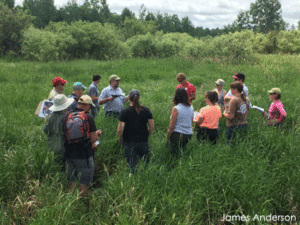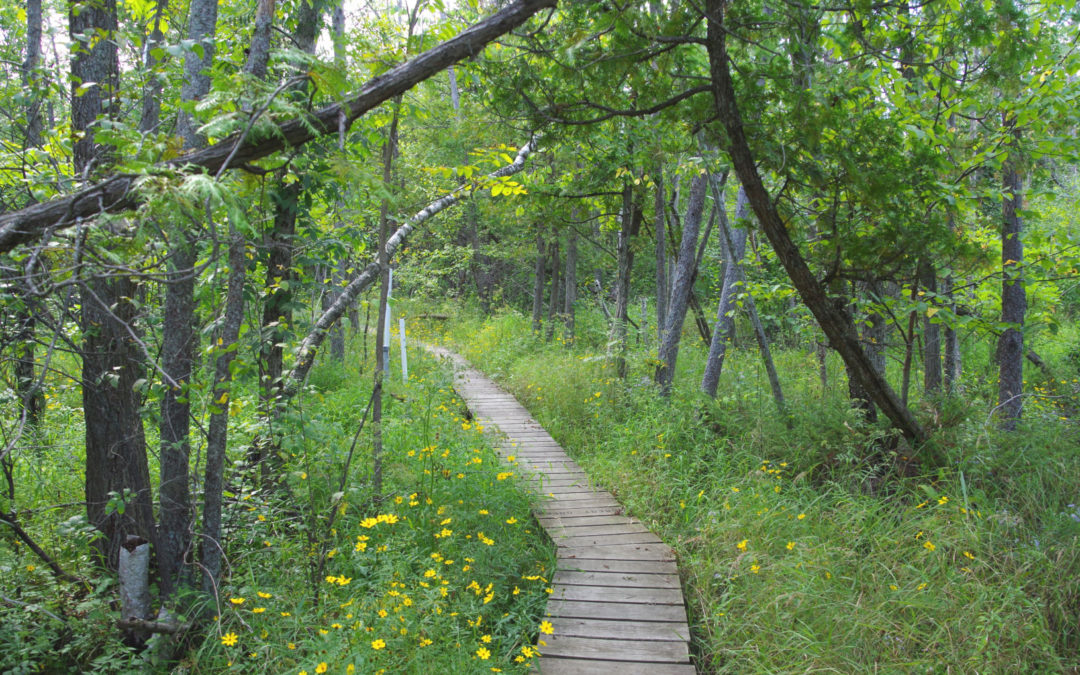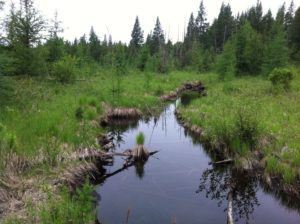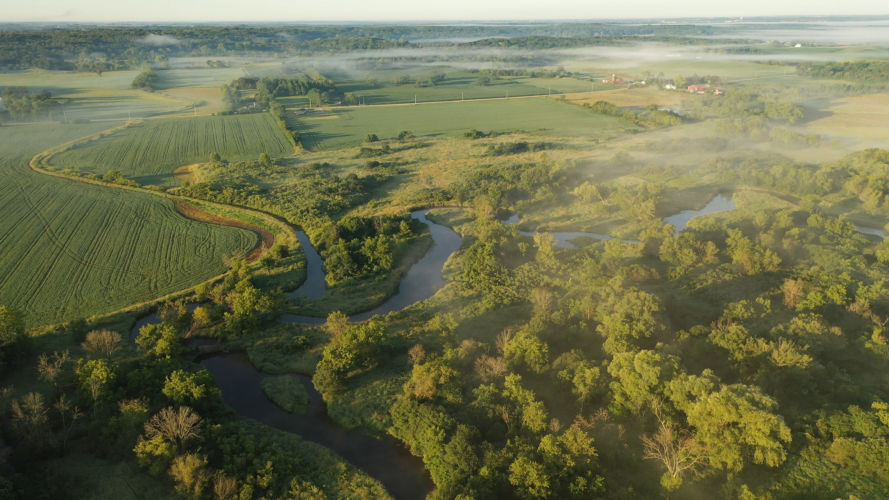Influencing policy to improve the wetland landscape
This past June, WWA’s Board of Directors and staff convened to reflect on the outcomes from the 2015-2016 legislative session and to discuss how to maximize the future impact of our wetlands advocacy work.
We began by revisiting two fundamental questions:
What is the role of policy in meeting WWA’s mission?
How well do our policy activities align with what’s needed to achieve WWA’s vision for Wisconsin’s wetlands?
Our vision—“a state where wetlands are healthy and plentiful, and support ecological and societal needs, and where citizens care for, appreciate, and interact with these natural resources”—is both lofty and long-term.
To achieve this vision will require large-scale improvements to Wisconsin’s wetland landscape: more wetlands where wetlands used to be. Not hundreds of acres or thousands of acres, but hundreds of thousands of acres. To get there, we need significant shifts in attitudes and understanding of wetlands, and many more agencies, individuals, and communities working together to protect and restore wetlands. Aligning our work in support of these changes is imperative.
This brings us back to our evaluation of the most recent legislative session and questions about how our work in the Capitol fits within our larger agenda.
How can we be most effective in creating change?
The legislative session brought many challenges for wetlands, including several bills designed to make it easier for private landowners, developers, and other interests to secure approval for projects that negatively impact wetlands. WWA staff spent a significant amount of time responding to these proposals.
“Wetland defense,” or advocating for the protection of wetlands through government regulations, has factored prominently in WWA’s policy agenda throughout our history. In addition to tracking and responding to legislative proposals, we have worked to influence how state and federal regulatory agencies implement wetland protection laws, and have occasionally intervened in the review of high-profile/high-impact wetland development proposals.

If we are to achieve our vision of a healthy wetland landscape, just holding the line against wetland loss will never be enough
Questions about what we can hope to accomplish through regulatory defense work factored prominently in our June discussion. Though wetland defense is important, WWA’s board recognizes that the most we can hope to accomplish from these activities is to protect a little more of what remains of Wisconsin’s wetlands. The Board agrees: if we are to achieve our vision, simply holding the line will never be enough.
This is not a new finding. The options for how public agencies and institutions can engage in wetlands work have always been as diverse as wetlands themselves. All levels of government—federal, state, and local—have a role to play, and the sphere of government influence on wetlands extends well beyond the legislature and regulatory agencies.
The work ahead

An important part of our policy strategy is working with agencies of all kinds that help care for Wisconsin’s lands and waters, like this group of UW-Extension Educators on a wetland field day with us.
We have worked diligently over the last decade to engage a broader array of agencies and institutions in wetlands conservation. Our policy docket now includes working not just with our natural resource agencies, but with local governments, universities, and other public agencies. We seek to work with and through those entities that are most closely connected to, and have the most influence on, the land.
WWA’s Board affirmed that our policy docket should remain strategically broad. Our task now is to continue to evolve in a way that strikes the right balance between defending what we have and advocating for the change we need. Ultimately our success must be measured by the amount and quality of wetland acres protected and restored on the landscape, and the extent to which those wetlands contribute to the public health, safety, and welfare of our communities.
Working together, with our board and staff, our partners, and you, we are confident we can get there.
Photos by James Anderson, Tracy Hames, and Kate Remond



